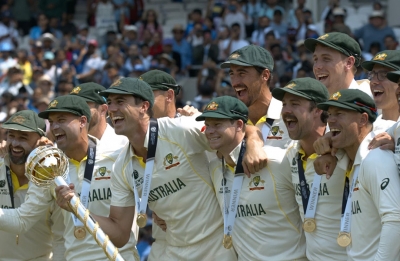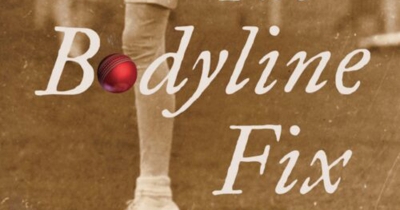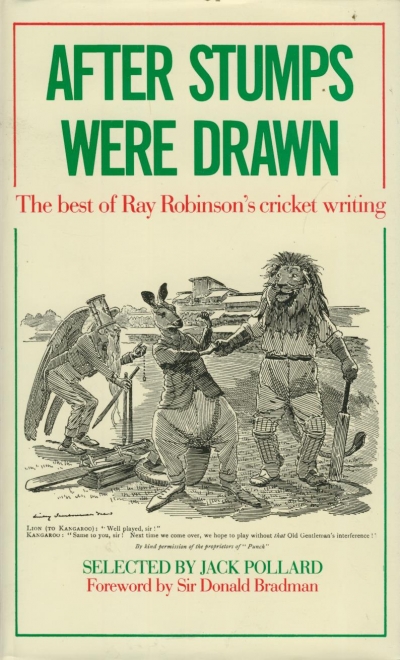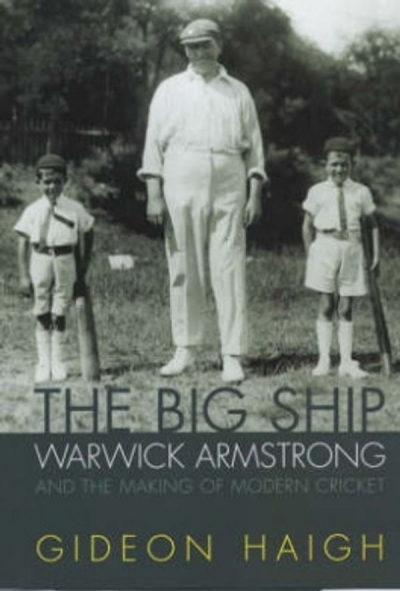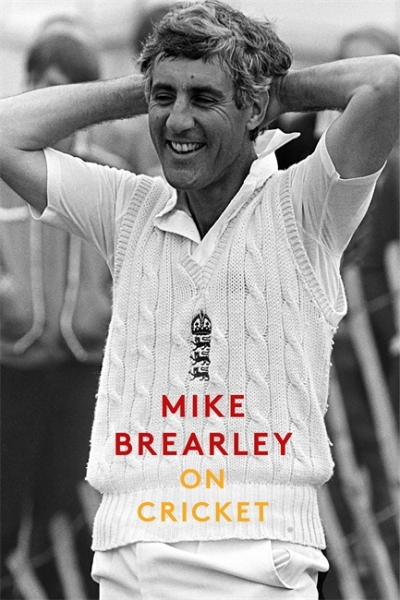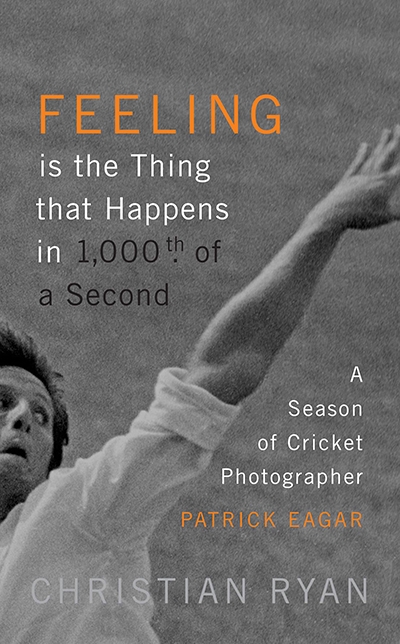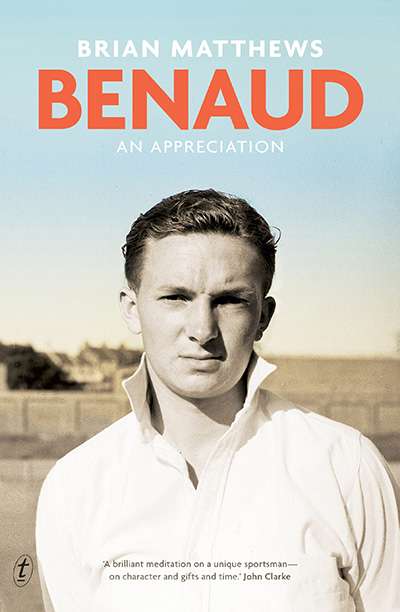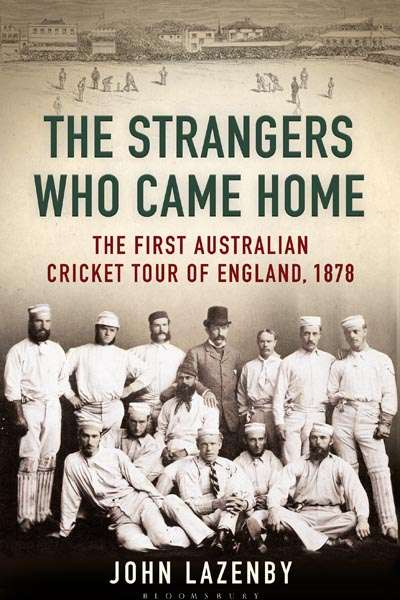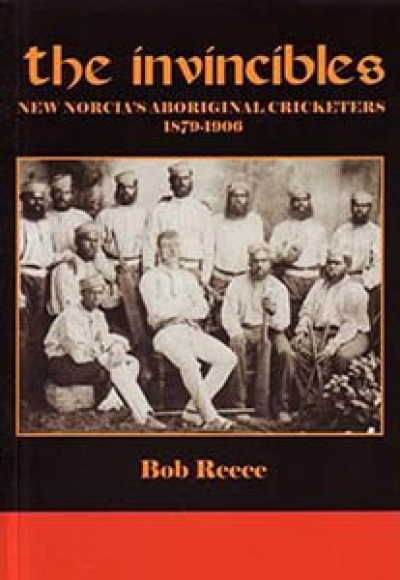Cricket
The cricket-lover knows that a Test match – let alone a Test series – lasts long enough for the full sweep of human comedy to be on show. Ambition; petulance; perfection all too fleeting; horrible failure; hilarious pratfalls; selflessness and honour: it’s all in a day – or in five day’s play.
... (read more)After Stumps Were Drawn: The best of Ray Robinson's cricket writing edited by Jack Pollard
by John McCarthy •
The Big Ship: Warwick Armstrong and the making of modern cricket by Gideon Haigh
by Michael Costigan •
Feeling is the Thing that Happens in 1000th of a Second by Christian Ryan & Lillee & Thommo by Ian Brayshaw
by Bernard Whimpress •
The Keepers: The Players at the heart of Australian Cricket by Malcolm Knox
by Bernard Whimpress •

